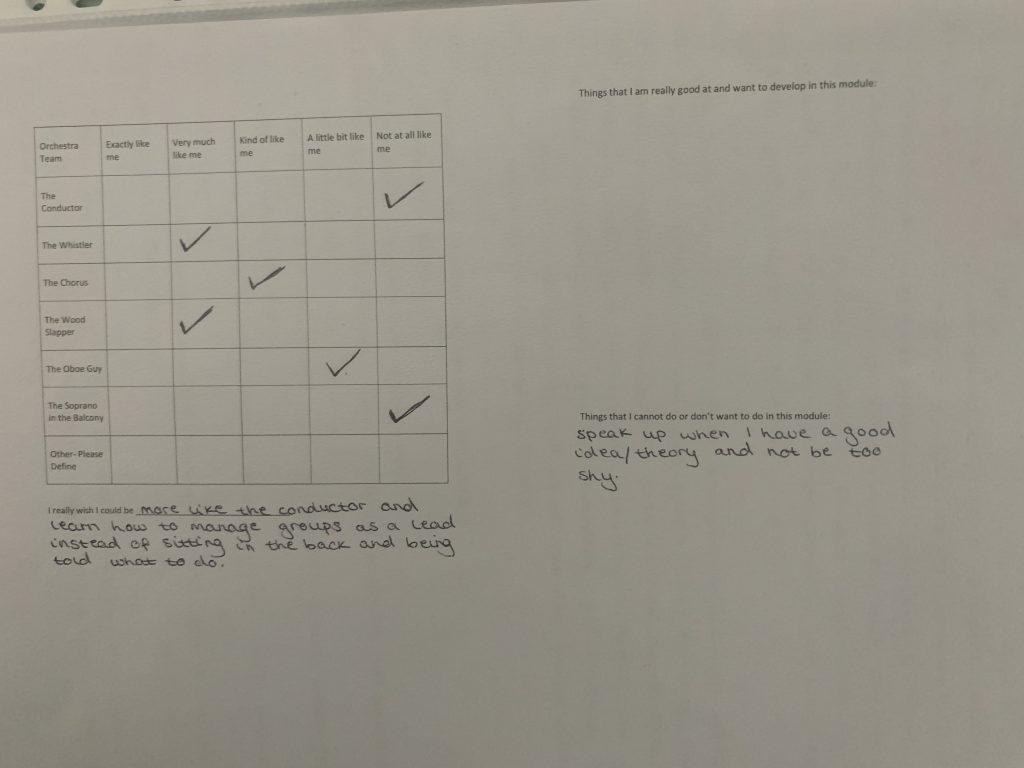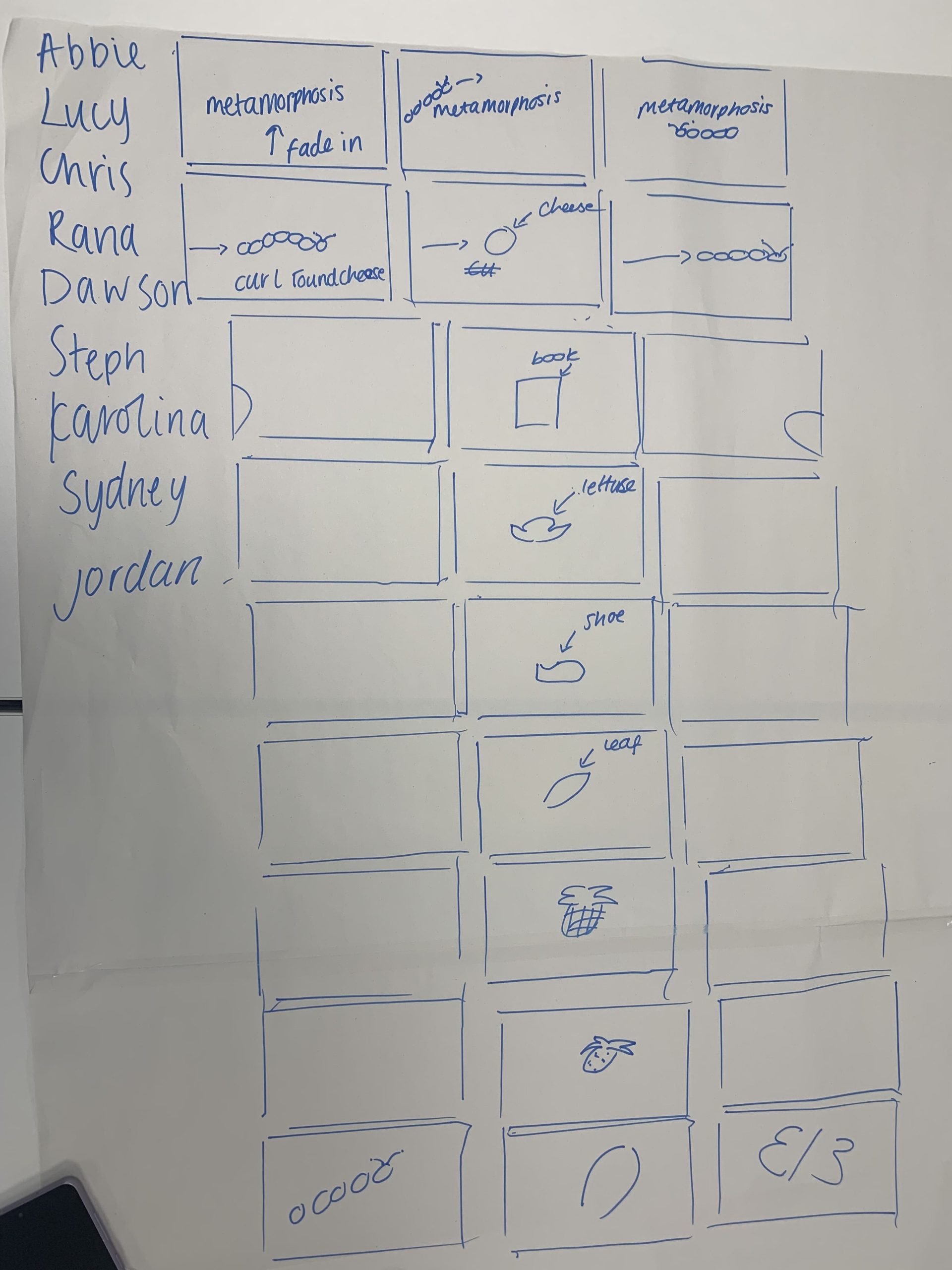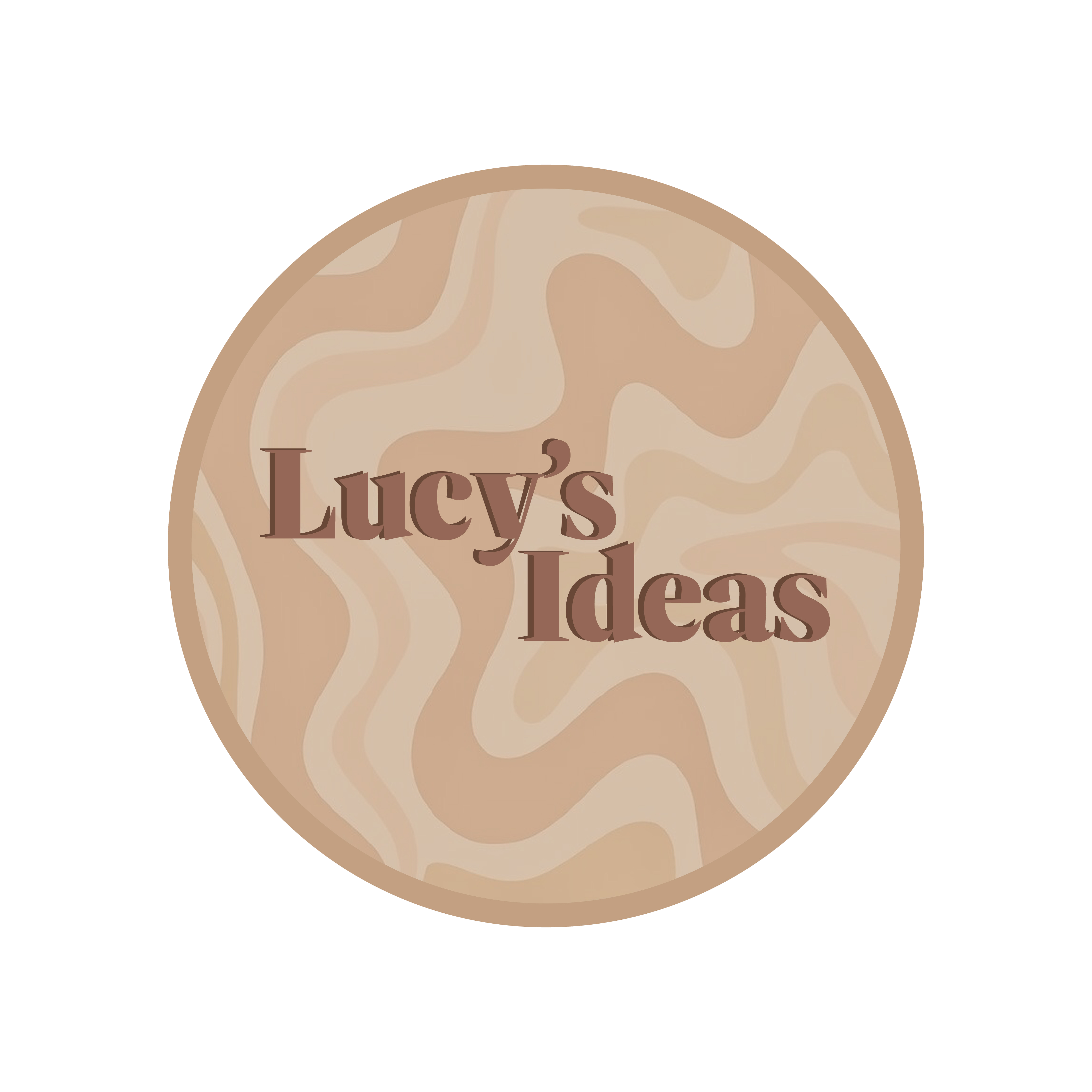Psych Test
Psychological tests are created to analyse anything and everything about a person and their personalities. Throughout the one that we participated in before our group project, we answered several questions about our teamwork skills and preferences. A sheet was passed around and we had to watch an orchestral clip; then we were advised to tick boxes as to how much we feel similar to each role. It was extremely obvious the differences in each role and their responsibilities within the orchestra.

I already had an inkling as to which roles best suit me due to my introverted personality. It was clear when rewatching the video which roles I slot into. A large proportion of the class emphasised and agreed that’s what they believe me to be. There concluded to be only 2 people who would consider themselves as the conductor and they were chosen to be the leaders in the following activity. There are obvious weaknesses to the entire team being part of the chorus, however most were comfortable being this role so that is what stuck. This test was essential so each of us got a true feeling as to how teamwork would occur in the professional industry – not just animation teams.
Teamwork Storyboard Planning
Teamwork is key when working in a creative environment and everyone has their roles. When thinking about our large project of creating a flipbook, it was clear that communication is key and we needed to plan before we started the main bulk of work. To allow for some practice for our individual projects, we created a large scale storyboard including everyone’s three keyframes. This set out our aims for each other and added an overall improvement to the way we all approach our individual animations.

This storyboarding heavily links back to the Psych Test we completed as a class so it was easy to conform people to certain roles. In this example project, we had Abbie as the group leader (or the ‘conductor’) and the majority of the rest of the group abided by the followers (or the ‘chorus’) which made the final design possible. The storyboard only contains keyframes as our individual work practiced tweening. This was an essential experience so that all of us grew to understand the importance of teamwork planning and having roles throughout the team.
The idea of the flipbook was heavily linked to The hungry Caterpillar animation:
Group Flipbook Animation Piece
A flipbook is a simple form of animation including a series of sequenced drawings that gradually change throughout to produce a final motion animation. They use optical illusions since the human eye can’t keep up with the fast pace images so retire to trick yourself into thinking it’s actually moving. A simple explanation for the process of a flipbook is the German definition for the word. “‘Daumenkino‘ – which translates to ‘thumb cinema’ – reflects this process, the photographic progression integral to film.” (en.wikipedia.org, n.d.).
After the major storyboard planning stage as a group, it was time to produce our individual flipbook animations to then compose a giant sequence of individual stories. Sticking to the ‘Very Hungry Caterpillar’ idea, we all chose our different objects and began working on 50 post-it notes. To ensure our flipbooks were time efficient, as a group we decided to keyframe every 5 pages to then come back and fill the rest in afterwards. Once every scene had been completed, each individual person had a complete flipbook that filled in the gaps to a final larger animated piece. This exercise displayed the importance of teamwork and communication, and relate back to how individual’s roles work in a large scale environment.
References
Andymation, 2017. Grumpy Cloud FLIPBOOK. [Online]
Available at: https://www.youtube.com/watch?v=p3q9MM__h-M
[Accessed 07 February 2023].
Carappia, V., 2019. The Good, the Bad and the Ugly The Danish National Symphony Orchestra Live. [Online]
Available at: https://www.youtube.com/watch?v=UdHkDEKaA2g
[Accessed 27 February 2023].
en.wikipedia.org, n.d. Flip book. [Online]
Available at: https://en.wikipedia.org/wiki/Flip_book
[Accessed 07 February 2023].
Films, I., 2016 . The Very Hungry Caterpillar – Animated Film. [Online]
Available at: https://www.youtube.com/watch?v=75NQK-Sm1YY
[Accessed 27 February 2023].
